Are you tired of endless notifications, the constant urge to scroll, and feeling tethered to your smartphone? What if there was a different way? Whispers are growing louder about the potential arrival of the Light Phone 3, and the buzz isn’t just about its signature minimalist design. Could this device, built on the principle of doing less, really command a price tag similar to Apple’s flagship, the rumored iPhone 16? Let’s dive into what makes this possibility so intriguing and what it could mean for the future of our relationship with technology.
For those unfamiliar, the Light Phone isn’t your typical smartphone. It’s designed to be a “phone that’s actually a phone,” focusing on essential functions like calls, texts, and perhaps a few carefully chosen tools like maps or a music player. The original Light Phone and its successor, the Light Phone II, gained a dedicated following among individuals seeking to reduce their screen time and reclaim their attention. These devices sport an e-ink display, reminiscent of a Kindle, which is gentle on the eyes and contributes to impressive battery life. They deliberately lack the addictive features that dominate modern smartphones – no social media apps, no endless streams of content, no push notifications vying for your immediate attention.
Now, the anticipation for a potential Light Phone 3 is building. While Light has remained tight-lipped about specific details and a launch date, the very concept sparks a crucial conversation about our dependence on hyper-connected devices. The question of price, particularly the suggestion of it aligning with the iPhone 16, raises eyebrows and prompts us to consider the value proposition of minimalism in a world saturated with features.
So, why might a minimalist phone command a premium price? Several factors could contribute to this. Firstly, the Light Phone isn’t mass-produced in the same way as mainstream smartphones. Its focus on a niche market and potentially more deliberate manufacturing processes could naturally lead to higher production costs per unit.
Secondly, the philosophy behind the Light Phone resonates deeply with a growing segment of the population experiencing “digital fatigue.” These are individuals willing to invest in tools that actively help them disconnect and focus on the present moment. In a world where our attention is constantly being monetized, a device that prioritizes our well-being by limiting distractions could be seen as a valuable investment, justifying a higher price point. Think of it like investing in a high-quality analog watch in a world dominated by smartwatches – it’s a conscious choice that reflects a specific set of values.
Furthermore, the development of a device like the Light Phone 3 likely involves significant research and development costs. Creating a user interface that is both simple and functional requires careful consideration and design. Ensuring the core functionalities work flawlessly and reliably is paramount. While it lacks the complexity of a modern smartphone operating system, the elegance of its simplicity shouldn’t be underestimated.
Consider the materials used. Light has consistently emphasized quality and durability in its previous devices. The Light Phone II, for example, features a matte black finish and a sturdy design. If the Light Phone 3 continues this trend with premium materials and meticulous craftsmanship, that would also contribute to a higher price.
Another aspect to consider is the potential for new, carefully curated features in the Light Phone 3. While staying true to its minimalist ethos, Light might introduce subtle yet impactful additions. Perhaps improved battery life, a more refined e-ink display, or the integration of a few more essential tools based on user feedback. These enhancements, while not transforming it into a traditional smartphone, would add value and potentially justify a higher price.
The comparison to the iPhone 16’s price is particularly striking. Apple has cultivated a brand image associated with premium quality, cutting-edge technology, and a vast ecosystem of apps and services. The iPhone’s price reflects this comprehensive offering. For the Light Phone 3 to even be mentioned in the same breath in terms of cost suggests a significant shift in how we perceive value in our mobile devices. It implies that for a certain segment of consumers, the value of focused attention, reduced digital clutter, and a simpler way of life could be just as, if not more, valuable than the latest processing power or a multitude of features they might not even use.
This potential pricing strategy could also be a bold statement from Light. It could signal a belief that their product isn’t just a niche gadget but a viable alternative for those seeking a healthier relationship with technology. By positioning itself at a similar price point to a flagship smartphone, Light might be aiming to capture the attention of consumers who are actively looking for a way out of the smartphone cycle but haven’t found a compelling alternative yet.
Imagine walking into a store and seeing the Light Phone 3 priced alongside the iPhone 16. The immediate reaction might be surprise. But upon closer inspection and understanding the philosophy behind it, some might see it as a conscious choice – a decision to invest in their mental well-being rather than the latest technological bells and whistles. It’s a trade-off, a deliberate prioritization of presence over constant connectivity.
The success of such a pricing strategy would heavily depend on the execution and the messaging. Light would need to clearly articulate the value proposition of the Light Phone 3. They would need to highlight the benefits of its minimalist design, the improved focus and productivity it enables, and the sense of calm it can bring to users’ lives. Testimonials from satisfied users of previous Light Phones could play a crucial role in building trust and demonstrating the real-world benefits of their approach.
Ultimately, the rumored price of the Light Phone 3, potentially matching the iPhone 16, is more than just a number. It’s a reflection of a growing counter-movement against the overwhelming nature of modern technology. It signifies a potential shift in consumer values, where simplicity and focus are increasingly seen as premium commodities. Whether consumers will embrace a minimalist phone at a flagship smartphone price remains to be seen, but the conversation it sparks is undoubtedly important and reflects a growing desire for a more balanced and intentional relationship with our devices. The arrival of the Light Phone 3, whatever its price, will be a significant moment in the ongoing dialogue about digital well-being and the true value of our attention in an increasingly noisy world.

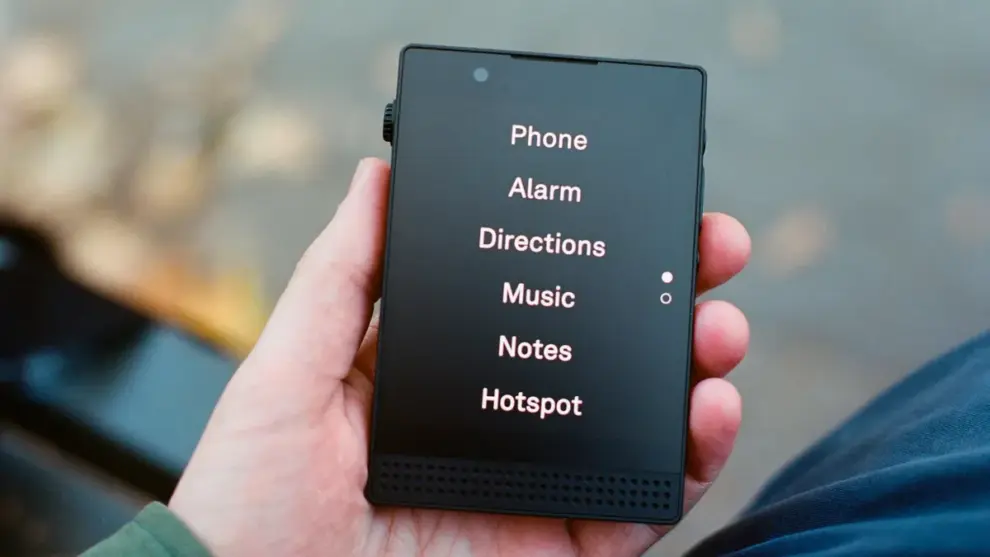
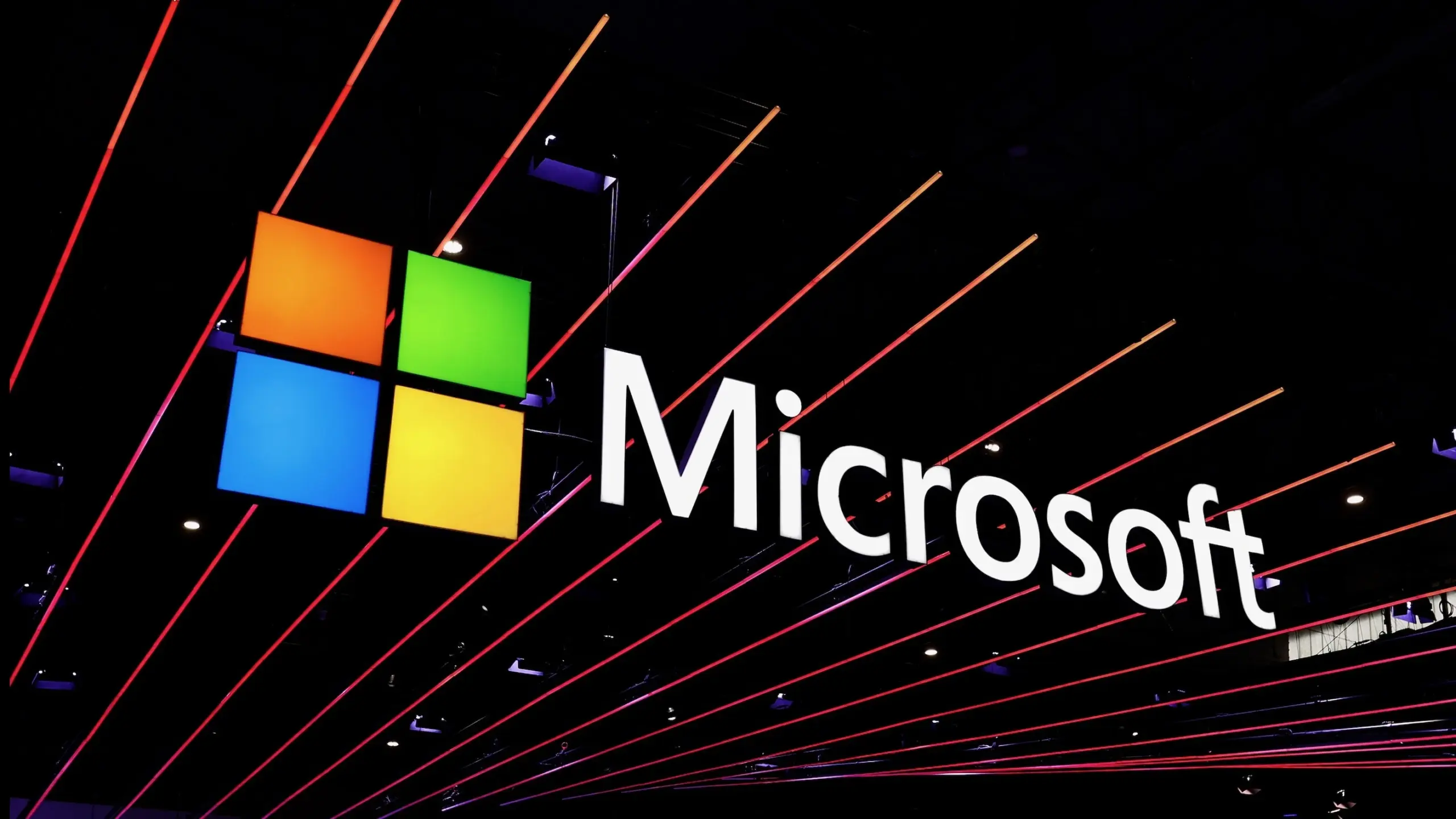


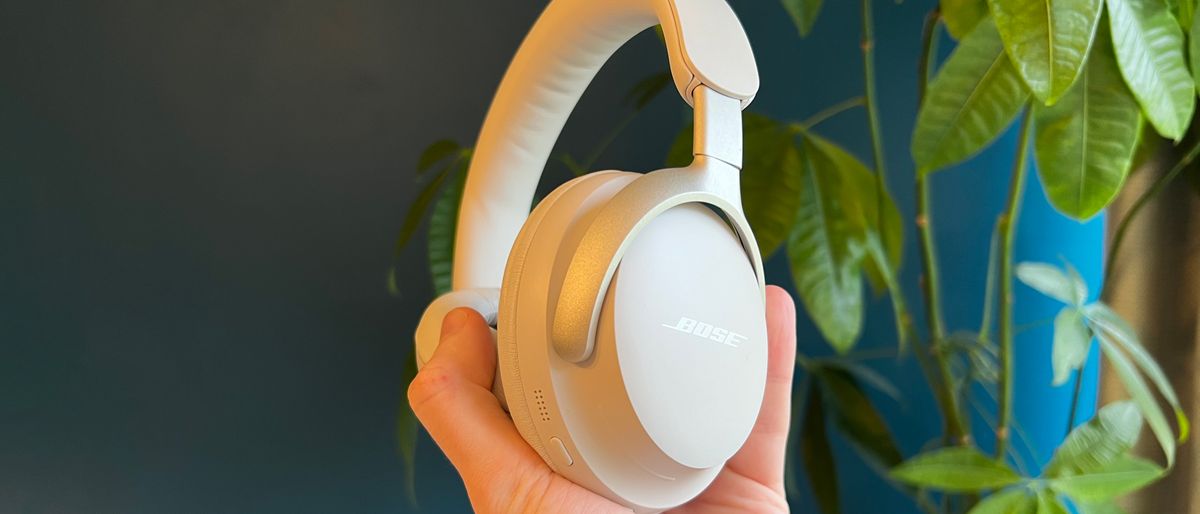


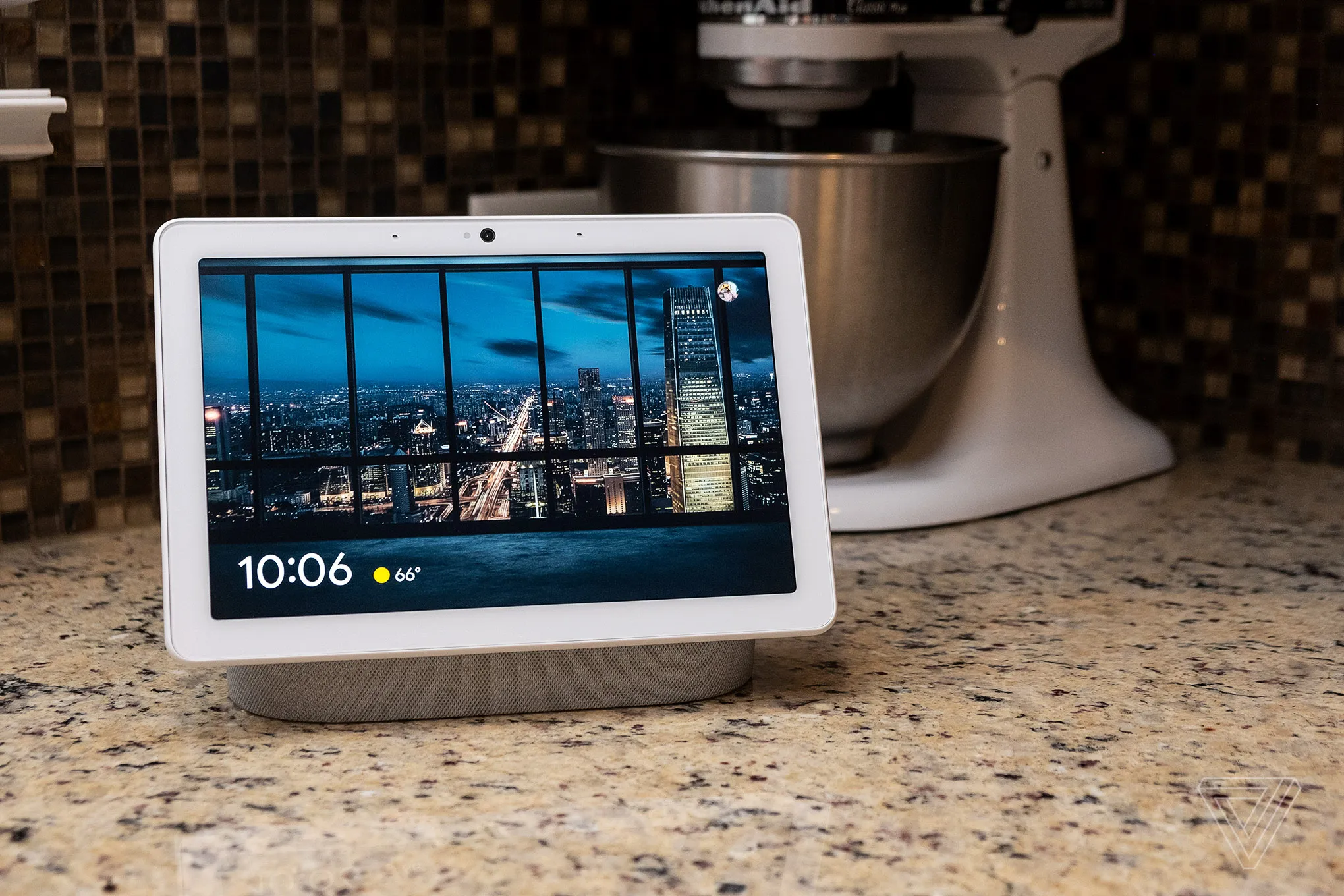
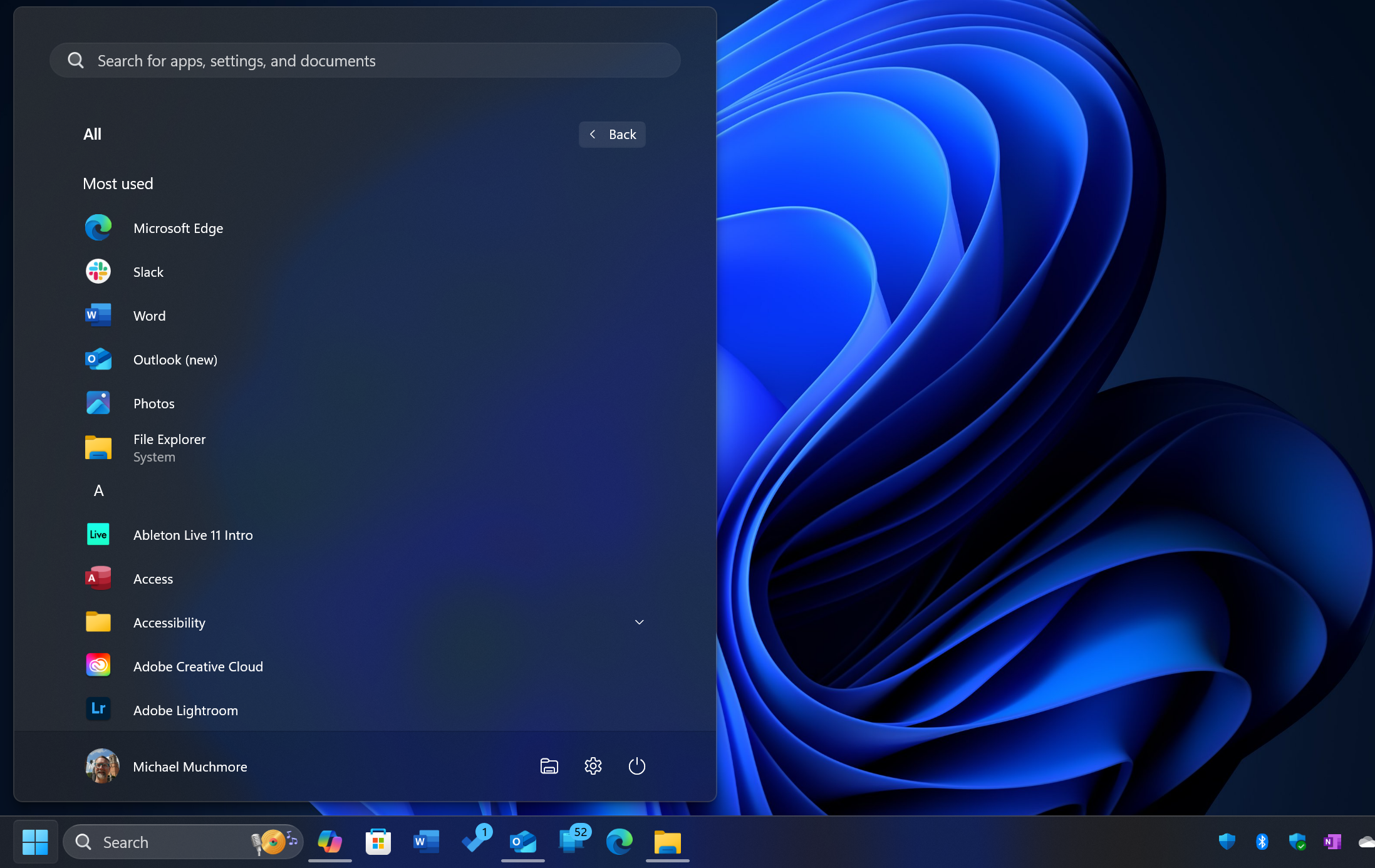
Add Comment